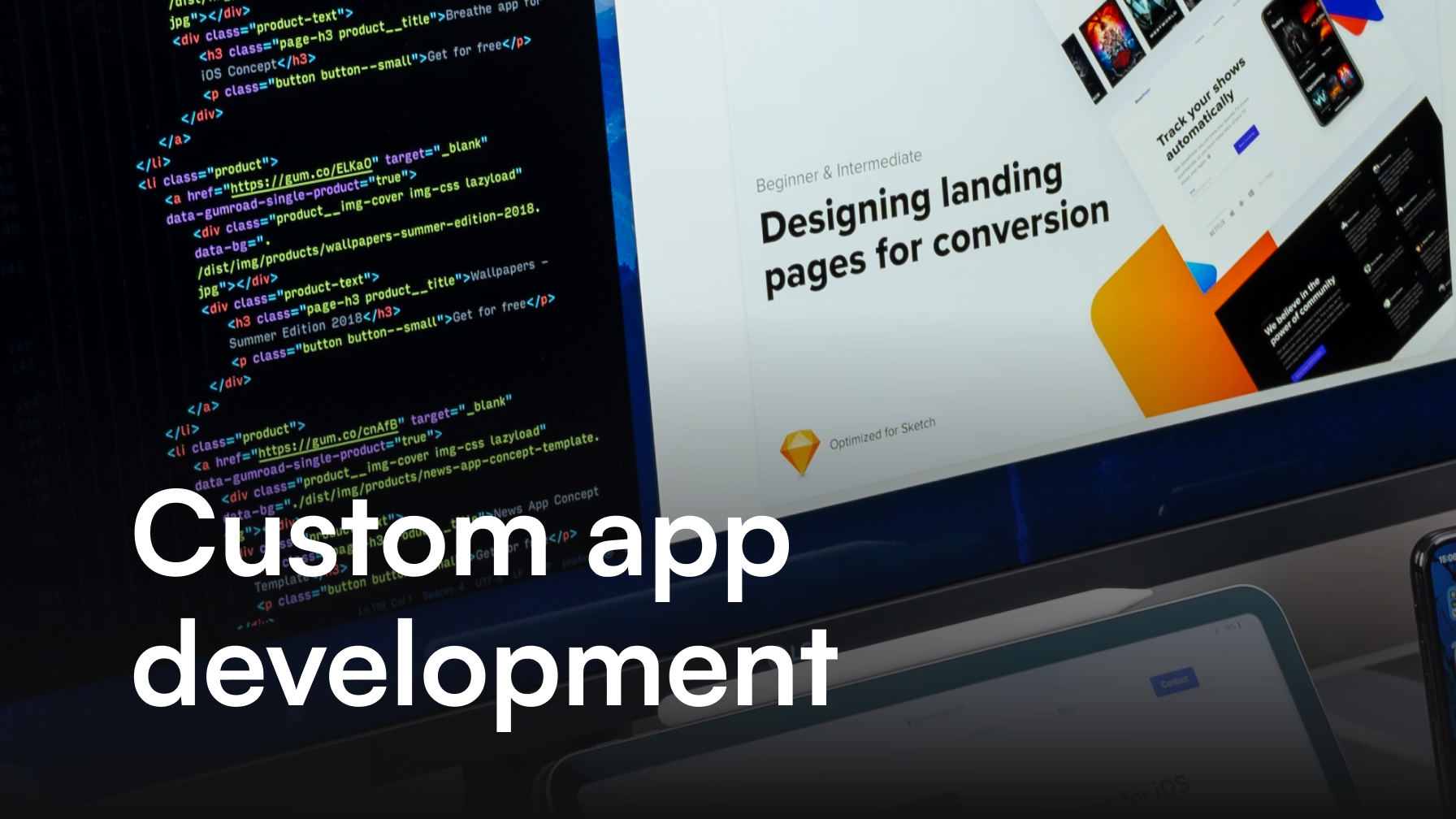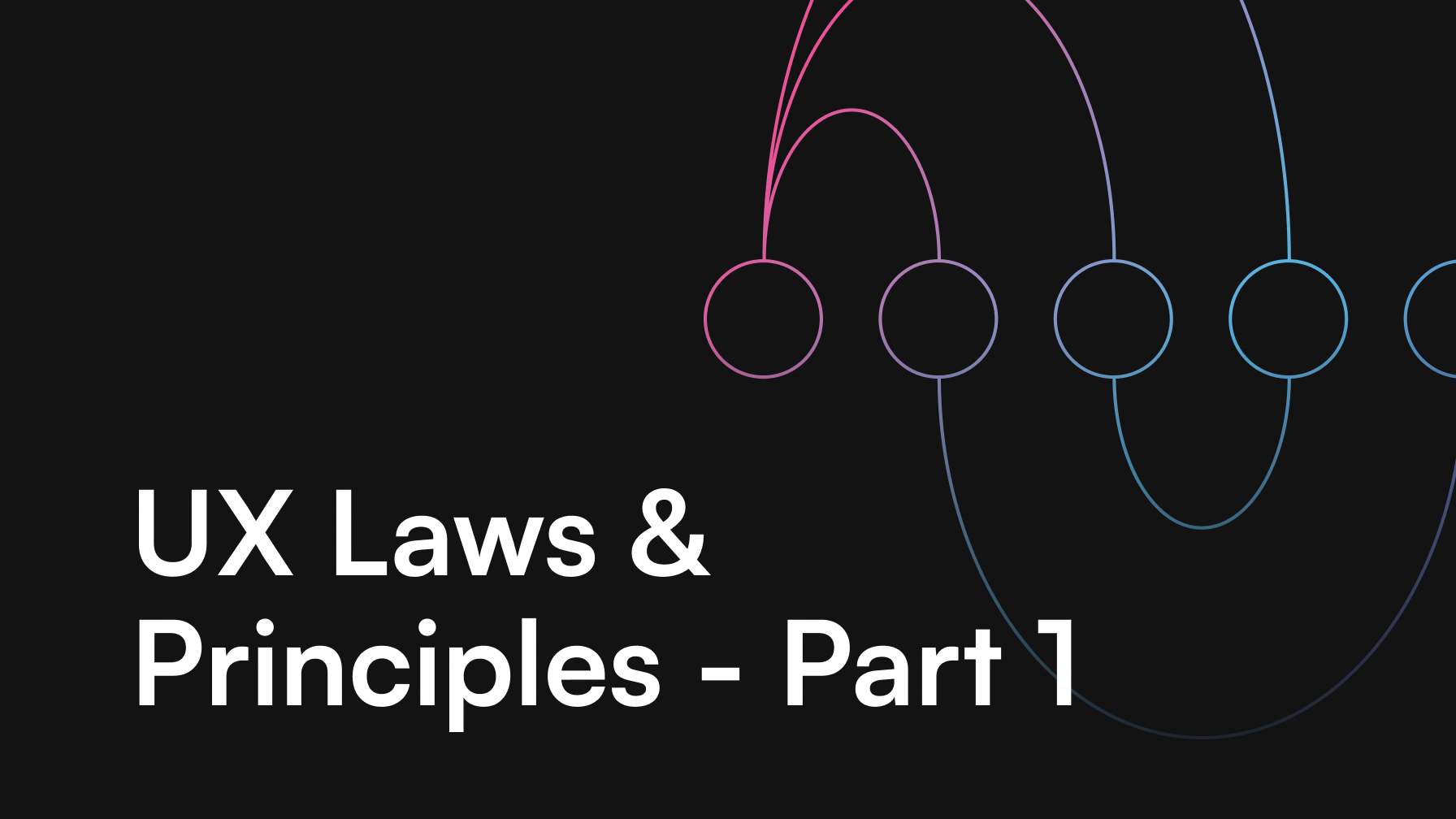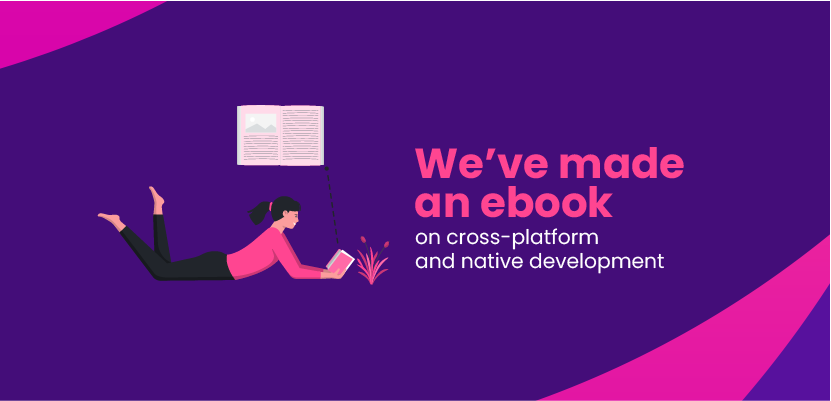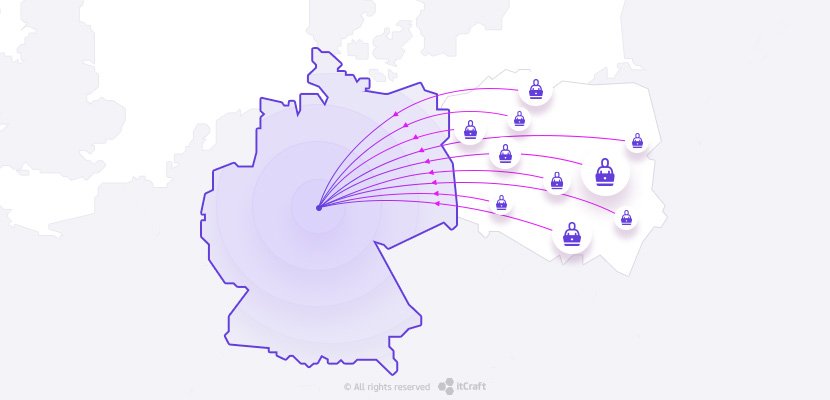Agile Methodologies and Flutter Development: A Perfect Synergy.

Krzysztof Hubnicki
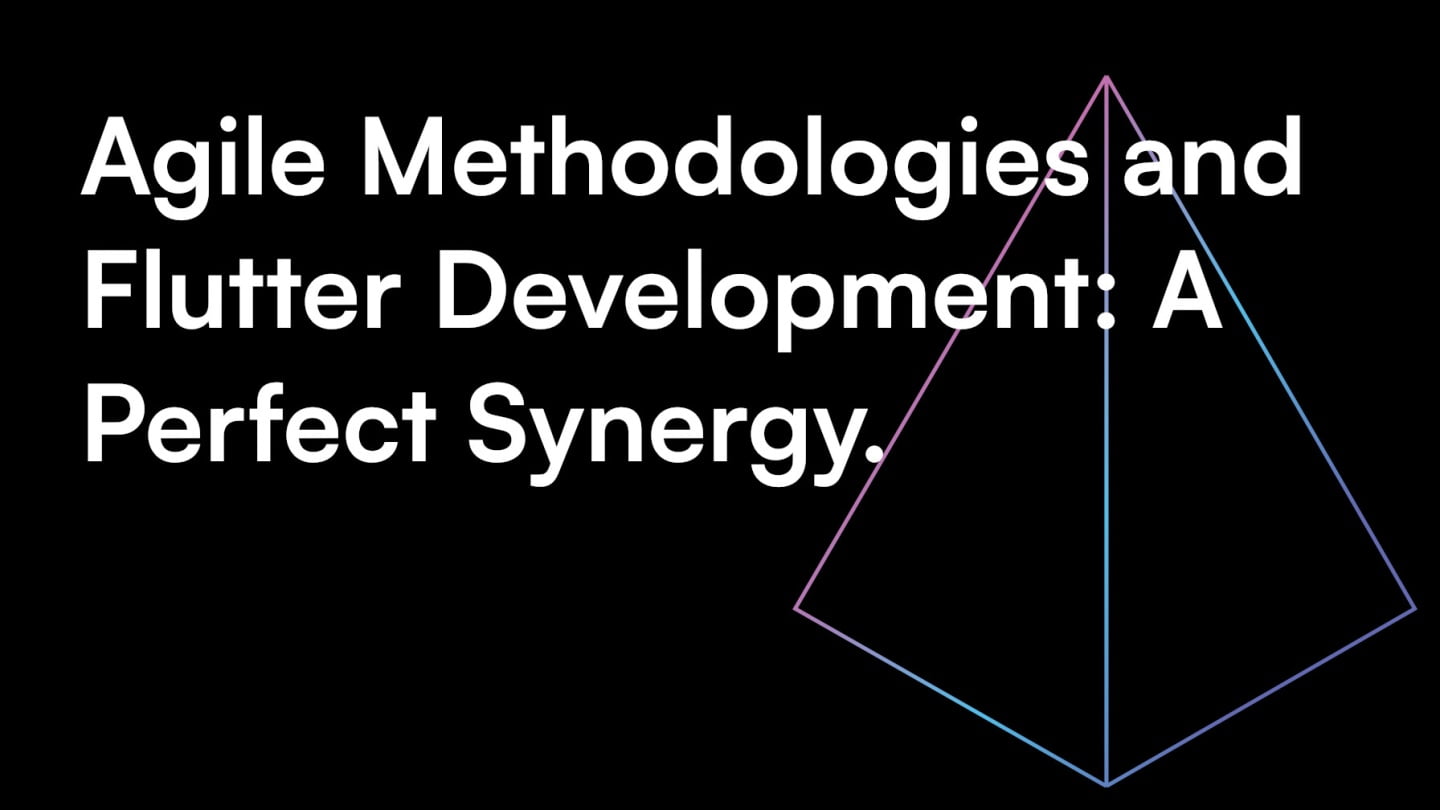
Table of Contents
- Introduction
- The rise of Flutter in the app development world.
- Overview of Agile methodologies.
- Understanding Flutter
- Brief history and evolution of Flutter.
- Key features and benefits for developers.
- Agile Development – A Quick Recap
- Core principles of Agile.
- Advantages of adopting Agile processes in app development.
- Why Flutter and Agile are a Perfect Match
- The flexibility and rapid development capabilities of Flutter.
- How Agile principles align with Flutter’s framework.
- Benefits of Integrating Flutter with Agile
- Faster prototyping and feedback loops.
- Seamless collaboration between developers, designers, and stakeholders.
- Enhanced app performance and user experience.
- Case Studies: Successful Implementations of Flutter in Agile Environments:
- Real-world examples showcasing the synergy between Flutter and Agile.
- Lessons learned from these implementations.
- Challenges and Considerations:
- Potential pitfalls of using Flutter in Agile processes.
- Solutions and best practices to overcome these challenges.
- Future Trends: Where Flutter and Agile are Heading:
- Predictions about the evolving landscape of app development.
- How the integration of Flutter and Agile might shape future app development trends.
- Conclusion:
- Recap of the transformative power of combining Flutter and Agile.
- Encouragement for developers to leverage this dynamic duo for optimized app development.
Introduction
The rise of Flutter in the app development world
Since its inception, Flutter, Google’s UI toolkit for building natively compiled applications for mobile, web, and desktop from a single codebase, has taken the app development world by storm. Developers and businesses alike have been attracted to its promise of rapid, beautiful, and performant applications, all the while simplifying the development process. This section will delve into the factors that contributed to Flutter’s surge in popularity, from its developer-friendly Dart language to its rich set of fully-customizable widgets.
Overview of Agile methodologies
Agile, a term that once only resonated with a niche group of software developers, is now a mainstream methodology adopted by teams globally. Its iterative approach, emphasizing collaboration, customer feedback, and flexibility, is a stark contrast to the traditional Waterfall model. Agile breaks down the development process into smaller, manageable increments or ‘sprints’, allowing for faster delivery and more frequent feedback. In this section, we’ll explore the foundational principles of Agile, its history, and why it’s more relevant today than ever before in the fast-paced world of app development.
Brief history and evolution of Flutter
Flutter, originating from Google, began as an experiment to see if a new UI framework could achieve a consistent behavior across platforms, all the while ensuring high performance and a delightful user experience. What started as a project known as “Sky” running on Android, eventually became the Flutter we recognize today. This section will chronicle its journey, highlighting major milestones, versions, and the ever-growing community that fueled its evolution.
Key features and benefits for developers
Flutter boasts a plethora of features that make it a favorite among developers:
- Single Codebase: One of the main attractions of Flutter is the ability to write a single application that runs on both iOS and Android, saving time and resources.
- Hot Reload: This feature allows developers to instantly view the effects of the latest changes, leading to faster iteration and development times.
- Rich Widget Library: Flutter offers a comprehensive set of highly customizable widgets that enable developers to create complex and responsive UI with ease.
- Performance: Flutter’s Dart language compiles to native machine code, ensuring that apps run smoothly and quickly on all platforms.
- Integration with Firebase: Flutter’s integration with Firebase, a Backend-as-a-Service (BaaS) platform, facilitates functionalities like analytics, databases, messaging, and crash reporting without server-side scripting.
- Vibrant Community and Ecosystem: With its growing popularity, there’s a vast array of plugins, tools, and packages available, making development even more efficient and adaptable.
In this section, we’ll deep dive into each feature, offering real-world examples of how they enhance the app development process and contribute to creating superior digital experiences.
Agile Development – A Quick Recap
Core principles of Agile
The Agile Manifesto, introduced in 2001 by a group of software developers, laid out the essential tenets that define Agile methodologies. These are:
- Individuals and Interactions over Processes and Tools: Agile prioritizes human collaboration and effective communication over rigid adherence to tools and processes.
- Working Software over Comprehensive Documentation: Instead of getting bogged down by exhaustive documentation, Agile focuses on delivering functional software as a primary measure of progress.
- Customer Collaboration over Contract Negotiation: A close working relationship with the client and regular feedback are favored over strict contract terms.
- Responding to Change over Following a Plan: Agile recognizes that in a volatile business environment, requirements can change. It values adaptability over sticking rigidly to an initial plan.
This section will offer insights into each of these principles, elucidating why they’re crucial in modern software development.
Advantages of adopting Agile processes in app development
Agile isn’t just a methodology; it’s a mindset shift that offers numerous benefits, especially in the fast-paced world of app development:
- Flexibility and Adaptability: Agile’s iterative process allows developers to accommodate changes efficiently, ensuring that the end product aligns with evolving client requirements and market demands.
- Faster Time to Market: By breaking the development process into smaller sprints, Agile enables quicker releases and feedback, leading to a faster product launch.
- Improved Quality: Regular testing during the development phase ensures that issues are detected and addressed promptly, leading to a robust final product.
- Enhanced Collaboration: Daily stand-ups, reviews, and retrospectives foster a culture of open communication and collective responsibility among the team.
- Customer Satisfaction: With its emphasis on customer feedback, Agile ensures that the end product closely aligns with customer needs and expectations.
In this segment, we’ll showcase practical examples of how adopting Agile can revolutionize the app development process, making it more efficient, transparent, and aligned with stakeholder expectations.
Why Flutter and Agile are a Perfect Match
The flexibility and rapid development capabilities of Flutter
Flutter’s design is inherently geared towards quick and efficient development. Its Hot Reload feature, for instance, aligns perfectly with the Agile principle of rapid iterations and feedback. As developers make changes to the code, they can instantly see the results, making the tweaking process seamless. This immediate feedback loop fosters an environment of continuous improvement, a cornerstone of Agile methodologies. Additionally, Flutter’s single codebase for multiple platforms means fewer platform-specific bugs and reduced testing time – again, a nod to Agile’s emphasis on efficiency and functional software.
How Agile principles align with Flutter’s framework
- Iterative Development: Both Agile and Flutter champion iterative development. While Agile breaks down projects into smaller sprints, Flutter facilitates this with its developer-friendly features, allowing for efficient sprint completions and prompt deliveries.
- Collaboration and Communication: The ease of use that Flutter provides ensures that developers, designers, and stakeholders can easily communicate and understand the project’s progress. This transparency fits right into Agile’s emphasis on regular interactions and collaboration.
- Responding to Change: Flutter’s architecture, with its widget-based approach, ensures modularity. This means that changes, even major ones, can be incorporated without overhauling the entire application. Such flexibility is what Agile methodologies thrive on, where change is not just expected but embraced.
- Customer Focus: Agile’s emphasis on customer feedback to refine products finds a partner in Flutter’s ability to quickly prototype and adapt. With its rich widget library and design capabilities, Flutter can swiftly transform customer feedback into tangible design and functional changes.
In essence, while Agile offers a roadmap to efficient and customer-focused development, Flutter provides the tools to navigate this roadmap effectively. Together, they form a formidable alliance, ensuring that the app development process is not only streamlined but also consistently aligned with user needs and business objectives.
Benefits of Integrating Flutter with Agile
Faster prototyping and feedback loops
By harnessing Flutter’s capability for rapid development with Agile’s iterative approach, developers can quickly move from concept to prototype. The Hot Reload feature in Flutter allows instant previews of changes, facilitating quicker feedback loops within the Agile sprints. This not only speeds up the design and development phases but also ensures that potential issues or user experience improvements are identified and addressed promptly.
Seamless collaboration between developers, designers, and stakeholders
Agile emphasizes consistent communication and collaboration among all project stakeholders. Flutter aids this by offering a transparent development environment where designers can visualize their designs in real-time, and stakeholders can instantly see the product’s evolution. This ensures that everyone remains on the same page, reducing the chances of misalignment or misunderstandings.
Enhanced app performance and user experience
Flutter’s core architecture, built on the Dart language and its rich set of widgets, ensures smooth performance across platforms. When combined with Agile’s focus on frequent testing and user feedback, the result is an application that isn’t just technically sound but also optimized for the best user experience.
Cost-Efficient Development
Maintaining separate codebases for different platforms can be resource-intensive. Flutter’s single codebase approach, paired with Agile’s efficient resource management, can lead to significant savings in both time and costs. This means quicker releases with potentially lower development costs.
Adaptability to Change
One of the tenets of Agile is its adaptability to change based on feedback. Flutter complements this with its modular widget-based architecture. If a feature needs modification or replacement, it can be done without disturbing the entire application, ensuring that the Agile sprints remain uninterrupted and efficient.
Continuous Delivery and Integration
The combination of Flutter’s development efficiency and Agile’s continuous delivery approach means that products can be released to the market faster and updated regularly with improvements. This ensures that users always have access to the latest features and that the app remains competitive in a fast-paced digital landscape.
Case Studies: Successful Implementations of Flutter in Agile Environments
1. XYZ Health App: Streamlining Patient Care through Agility
Background: XYZ Health, a leading healthtech startup, aimed to create a seamless patient portal that could handle appointment bookings, consultations, health records, and more.
Challenge: The company had a vision for a platform-agnostic app, ensuring consistent user experience on both Android and iOS. However, they also had tight release deadlines to keep up with the competitive market.
Solution: By integrating Flutter within their Agile workflow, the development team could rapidly prototype the application, gathering feedback from real patients in every sprint. The single codebase ensured uniformity across platforms.
Outcome: The app was launched ahead of schedule, with remarkable reviews highlighting its smooth performance and user-friendly design. Subsequent updates, based on real-time user feedback, were integrated seamlessly, further enhancing the app’s reliability and functionality.
2. ShopRight E-commerce Platform: Transforming Online Shopping
Background: ShopRight, a burgeoning e-commerce platform, sought to revolutionize the online shopping experience with personalized user journeys.
Challenge: The sheer volume of product listings, user preferences, and interface elements made development daunting. The brand needed an efficient, scalable solution without compromising on performance.
Solution: Adopting Flutter and Agile, the ShopRight team embarked on focused sprints, prioritizing features based on user feedback and market trends. Flutter’s widget-centric design allowed for high customization, catering to diverse user personas.
Outcome: The platform witnessed a significant uptick in user engagement and retention. The Agile-Flutter combination facilitated regular feature rollouts, keeping the user base consistently engaged and the platform ahead of its competitors.
3. LearnEasy: An Interactive Learning Application for Kids
Background: LearnEasy aimed to provide an immersive learning experience for children aged 4-10, blending education with entertainment.
Challenge: Developing an app that appeals to children requires a blend of engaging designs, interactive elements, and robust performance. The goal was to maintain a consistent user experience across devices, especially given the varied screen sizes in use.
Solution: The development team, leveraging Flutter’s expansive widget library and Agile’s user-centric approach, conducted frequent tests with their target age group. This iterative feedback-driven model ensured that every design decision was in line with user expectations.
Outcome: LearnEasy became a hit among its audience, with parents lauding its intuitive design and educational value. The app’s success underscored the transformative potential of blending Flutter’s development prowess with Agile’s user-focused methodologies.
Challenges and Considerations in Merging Flutter with Agile Environments
In any technological integration, while the benefits can be profound, it’s equally important to understand the potential challenges and the accompanying considerations. The merging of Flutter, a framework still maturing, with Agile methodologies, which have been fine-tuned over decades, is not devoid of complexities. Here’s a deep dive into the intricacies and nuances of this amalgamation.
The Learning Curve of Flutter
At the outset, developers accustomed to traditional frameworks might find Flutter’s Dart language a departure from their comfort zone. There’s a certain learning curve involved, and within an Agile environment, where time is of the essence, this can be a potential roadblock. Teams need to factor in training time, ensuring they’re equipped with the requisite expertise to leverage Flutter to its fullest potential within Agile sprints.
Balancing Speed with Quality
The allure of rapid development, which both Flutter and Agile promise, can sometimes overshadow the criticality of quality. It’s a delicate balancing act. While the Hot Reload feature of Flutter is undoubtedly a boon, it’s imperative not to bypass comprehensive testing in the race against time. In Agile’s iterative structure, ensuring that each sprint delivers a robust, well-tested increment is pivotal.
Managing Stakeholder Expectations
Given the touted efficiency of both Agile and Flutter, stakeholders might harbor heightened expectations regarding delivery timelines and feature sets. It’s crucial for project managers and team leads to manage these expectations, ensuring that quality isn’t sacrificed for speed. After all, a half-baked feature, no matter how quickly delivered, won’t hold value in the eyes of the end user.
Platform-Specific Nuances
While Flutter’s promise of “write once, run everywhere” is compelling, the reality is that each platform, be it Android, iOS, or web, has its unique nuances. These subtleties, if overlooked, can degrade the user experience. It’s essential, even within the fast-paced Agile environment, to allocate time for platform-specific optimizations.
Keeping Pace with Flutter’s Evolutions
Flutter, being relatively young, is evolving rapidly. New updates, while bringing in a slew of features, can also introduce breaking changes. In an Agile setup, where continuity is vital, such interruptions can be challenging. Teams need to be proactive, staying abreast of Flutter’s roadmap, and planning their sprints accordingly.
Exploring the integration of Flutter with Agile isn’t just about harnessing their synergies; it’s equally about navigating the intricacies with an informed perspective. By acknowledging and preparing for these challenges, teams can ensure that they truly extract the best from both worlds, delivering products that are timely, robust, and user-centric.
Future Trends: Where Flutter and Agile are Heading
The tech realm is an ever-evolving entity, where the winds of change blow strong and steadfast. Understanding the trajectory of such transformative methodologies and frameworks as Agile and Flutter not only positions businesses at the forefront of innovation but also paves the way for strategic long-term planning. Here’s a glimpse into the future trends that are set to shape the synergy between Flutter and Agile.
1. Expansion of Flutter Beyond Mobile
While Flutter made its debut as a mobile app development framework, its sights are set beyond these horizons. The advent of Flutter for Web and the hints of Flutter for Desktop indicate a future where Flutter’s influence permeates across all digital interfaces. In tandem with Agile’s adaptability, this opens up avenues for unified digital experiences, bridging the divide between mobile, web, and desktop.
2. Rise of AI and Machine Learning Integration
Artificial Intelligence (AI) and Machine Learning (ML) are no longer the stuff of sci-fi; they’re an integral part of modern app ecosystems. As Flutter matures, its integration capabilities with AI and ML tools will expand. Within Agile environments, this means sprints could soon involve not just feature additions, but also AI-driven enhancements, ensuring applications are truly cutting-edge.
3. Enhanced Real-time Collaboration Features
The post-pandemic world has reiterated the value of remote collaboration. As Agile teams often span across geographies, there’s a potential trend towards Flutter tools that support real-time collaborative development, akin to how Google Docs allows simultaneous editing. Such advancements would streamline the Agile process, enhancing productivity and reducing time to market.
4. Augmented and Virtual Reality Capabilities
The digital realm is on the brink of another revolution with Augmented Reality (AR) and Virtual Reality (VR). As these technologies become more mainstream, Flutter’s toolbox will inevitably expand to incorporate AR/VR features. Agile teams would then be developing not just for two-dimensional screens, but for immersive three-dimensional experiences.
5. Continuous Evolution of Agile
While Agile has been a mainstay for decades, it’s far from static. The methodology is continuously evolving, adapting to the changing technological landscape. Future iterations of Agile might focus more on decentralized teams, AI-driven sprint planning, or real-time user feedback integration. Flutter, with its flexibility, will adapt in tandem, ensuring the two remain perfectly synchronized.
6. Emphasis on Eco-friendly Applications
The increasing focus on sustainability might soon seep into app development. We could see Agile sprints focusing not just on performance optimization, but also on energy efficiency. Flutter, being inherently efficient, might soon come with tools that help developers gauge and reduce the carbon footprint of their applications.
The fusion of Flutter and Agile is poised at the cusp of a series of transformative trends. By staying attuned to these shifts, developers, businesses, and stakeholders can chart a course that’s not just aligned with the present, but also dynamically geared towards the future.
Conclusion
The merging of Flutter and Agile has set the stage for a new era of digital innovation. Their combined strength empowers developers to create efficient, adaptable, and cutting-edge applications that cater to the evolving demands of the modern user. While Flutter brings forth the promise of platform-agnostic, high-performance development, Agile ensures that the process remains nimble, user-centric, and aligned with business goals.
The future trends suggest a trajectory marked by continuous evolution and the embrace of nascent technologies. It’s an exciting horizon, where the boundaries of what apps can achieve are being pushed, reshaped, and reimagined. For businesses and developers, the message is clear: embracing the synergy of Flutter and Agile is not just about staying current but also about positioning oneself at the vanguard of digital transformation.
As we navigate the ever-shifting tech landscape, the alliance of these two powerhouses offers a beacon, illuminating the path towards a digital future that’s efficient, innovative, and attuned to user needs. Investing in this partnership is an investment in a future that’s dynamic, responsive, and boundlessly promising.

